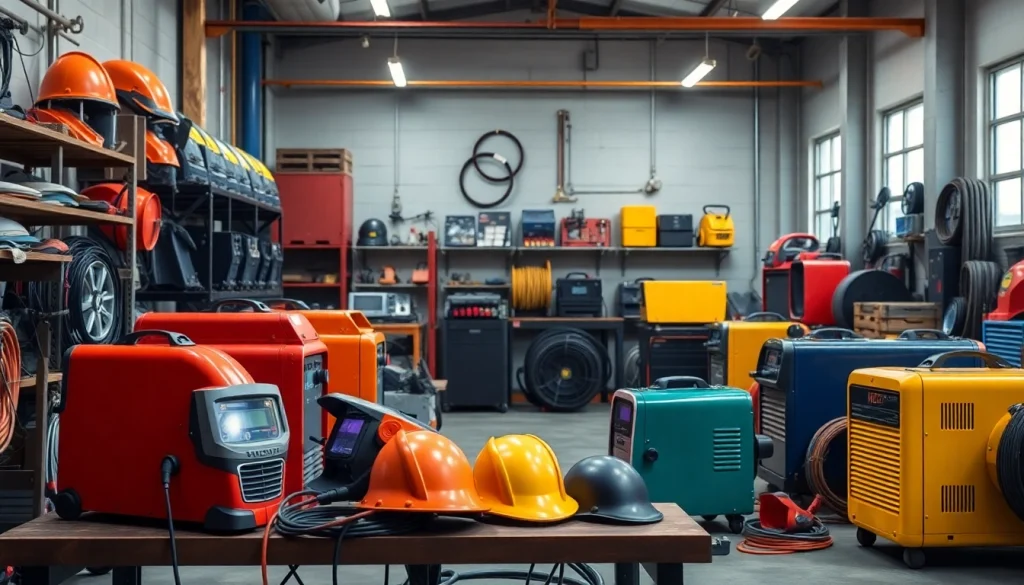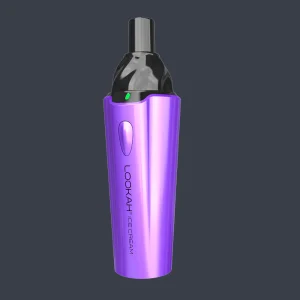Top Welding Supplies for Every Project: Essential Tools and Equipment You Need

Understanding Welding Supplies
Welding is a critical skill in various industries including construction, manufacturing, and automotive repair. At its core, the effectiveness of welding processes largely depends on the quality and types of welding supplies employed. From welding machines to safety equipment, understanding the different types of welding supplies and their importance is essential for both beginners and professionals alike.
What Are Welding Supplies?
Welding supplies encompass a wide array of tools and materials that facilitate the welding process. This includes welding machines, welding rods, protective gear, and even cleaning supplies. Each item plays a specific role in achieving successful welds, ensuring safety, and maintaining equipment. The right welding supplies can significantly influence the quality of the finished product and the safety of the welder.
Importance of Quality in Welding Supplies
The quality of welding supplies is paramount. Inferior materials can lead to poor welds, increasing the likelihood of mechanical failure and safety hazards. High-quality welding supplies ensure strong, reliable connections in welds, which are vital for structural integrity. Additionally, using quality supplies can enhance the welder’s efficiency, reducing the time spent on repairs and rework.
Types of Welding Supplies Available
Welding supplies can be categorized into several types:
- Welding Machines: These include MIG (Metal Inert Gas), TIG (Tungsten Inert Gas), and Stick welding machines.
- Welding Consumables: This includes rods, wires, and flux that are consumed during the welding process.
- Protective Equipment: Essential gear such as helmets, gloves, and protective clothing to ensure the safety of the welder.
- Tools: Chipping hammers, brushes, and clamps that are necessary for pre and post-weld processes.
Key Welding Tools and Equipment
Must-Have Welding Supplies for Beginners
For those new to welding, starting with the right tools and supplies can make a significant difference in the learning curve. Key items include:
- Welding Helmet: Protecting your eyes from the intense light generated during welding is crucial.
- Welding Gloves: These protect your hands from heat and sparks.
- Protective Clothing: Flame-resistant jackets and pants can prevent burns.
- Basic Welding Machine: A suitable beginner machine such as a MIG welder is often recommended for ease of use.
- Welding Rods or Wire: Depending on the type of welding, beginners will need the correct type of rods or wire.
Advanced Tools for Professional Welders
Professional welding requires more advanced tools and supplies that cater to specific applications, such as:
- Multi-Process Welding Machines: These machines can perform various welding types including MIG, TIG, and Stick welding.
- Fume Extractors: To maintain safety in the workplace by removing harmful fumes generated during welding.
- Welding Positioners: These help in positioning the workpieces for better access and control during welding.
- Advanced Safety Gear: This includes respiratory protection and specialized helmets equipped with digital displays for better visibility.
Choosing the Right Welding Machine
Choosing the right welding machine depends on the type of welding you plan to perform, the materials you’ll be working with, and your skill level. Migrating from a basic machine to a multi-process unit is often beneficial as you gain experience. Considerations include:
- Power Output: For thicker materials, you may need machines with higher amp ratings.
- Portability: If you’ll be moving to different job sites, consider the weight and size of the machine.
- Ease of Use: Beginners may prefer user-friendly digital interfaces over more complex settings.
Safety Equipment in Welding
Essential Safety Gear: Helmets and Gloves
Safety should always be a priority when welding. The essential safety gear includes:
- Welding Helmets: These provide protection from UV rays and sparks. Auto-darkening helmets are highly recommended for their convenience and greater visibility.
- Welding Gloves: They should be durable and heat-resistant, allowing for fine dexterity while protecting against burns.
Protective Clothing for Welders
In addition to helmets and gloves, protective clothing is essential. Opt for:
- Flame-Resistant Fabrics: Made from materials such as Nomex or leather, which can withstand high temperatures.
- Welding Jackets: These jackets should fit well and cover the arms and torso to protect against sparks and heat.
- Other Gear: Depending on the environment, knee pads and steel-toed boots can also enhance safety.
Maintaining Safety Standards with Welding Supplies
Adherence to safety standards is crucial for effective welding practices. Below are best practices:
- Regular Equipment Inspections: Check for any damages or wear on machines and protective gear.
- Ensure Proper Ventilation: Always work in a well-ventilated area or use fume extractors to reduce inhalation risks.
- Follow Manufacturer Guidelines: Always adhere to the provided guidelines regarding usage, maintenance, and safety precautions.
Where to Buy Welding Supplies
Comparing Online Welding Supply Stores
With the growing popularity of e-commerce, numerous online welding supply stores have sprung up. When comparing these stores, consider factors such as:
- Range of Products: Ensure they stock a wide variety of quality brands and products.
- Customer Reviews: Read customer feedback to gauge the reliability of the supplier.
- Shipping Options: Look for suppliers offering free or expedited shipping options.
Local vs. Online Suppliers: Pros and Cons
Choosing between local suppliers and online retailers involves weighing the pros and cons:
- Local Suppliers:
- Pros: Immediate purchase without shipping delays; ability to see products in person.
- Cons: Limited selection compared to online; higher prices may apply.
- Online Suppliers:
- Pros: Extensive range of products; competitive pricing due to market competition.
- Cons: Delivery time; inability to physically inspect items before purchase.
Understanding Pricing and Discounts on Welding Supplies
Pricing can vary significantly depending on the brand, the type of equipment, and the supplier. To maximize savings, take advantage of:
- Bulk Purchase Discounts: Many suppliers offer discounts for bulk orders.
- Seasonal Sales: Keep an eye out for promotions during holidays or inventory clearances.
- Loyalty Programs: Some retailers reward repeat customers with points or discounts.
Best Practices for Using Welding Supplies
How to Properly Maintain Your Welding Equipment
Proper maintenance extends the life of your welding supplies. Follow these tips:
- Regular Cleaning: Keep your welding machine and tools free from debris and contaminants.
- Periodic Inspections: Check cables, leads, and connections for wear and tear.
- Manufacturer’s Instructions: Follow the maintenance schedule outlined in the user manual for each tool.
Effective Techniques for Using Welding Supplies
Mastering the use of welding supplies involves learning various techniques, such as:
- Practice Consistency: Consistent movement and speed enhance the quality of the weld.
- Understanding Material Properties: Different materials require different welding techniques and settings.
- Adjusting Settings Properly: Ensure the machine settings match the thickness and type of material being welded.
Measuring Performance with Welding Supplies
To ensure quality welding, regularly measure performance against industry standards. Metrics include:
- Weld Strength: Testing for tensile strength and adherence to specifications.
- Defect Rates: Keep track of the number of repairs needed after initial welding.
- Efficiency Metrics: Monitor the time taken for each welding project to assess productivity.





